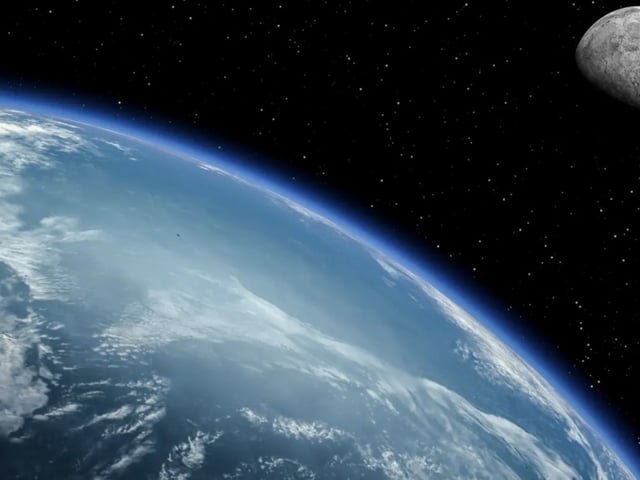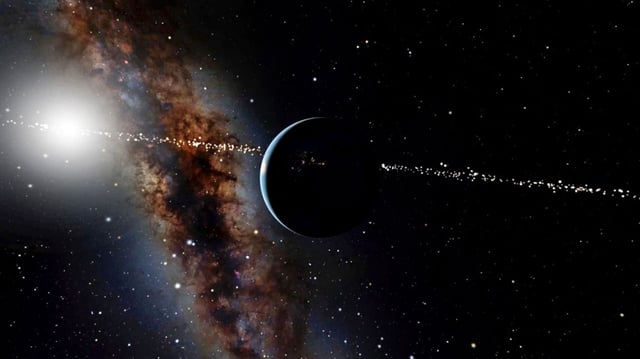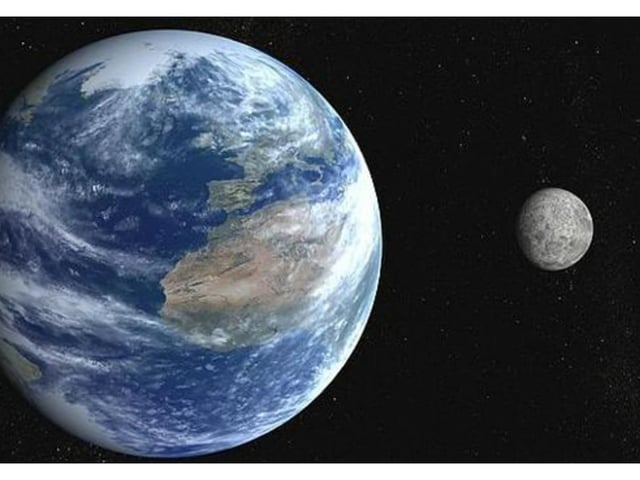Overview
- Atomic clocks measured the July 9 rotation as roughly 1.30 milliseconds shorter than the standard 86,400-second day.
- Similar shortenings of between 1.30 and 1.51 milliseconds are predicted for July 22 and August 5.
- The Moon’s current maximum declination lessens its tidal braking effect, contributing to the faster spins.
- Scientists say existing models of the core, oceans and atmosphere cannot fully account for the recent acceleration.
- International timekeepers are weighing the introduction of a negative leap second to realign atomic time with Earth’s actual rotation.



